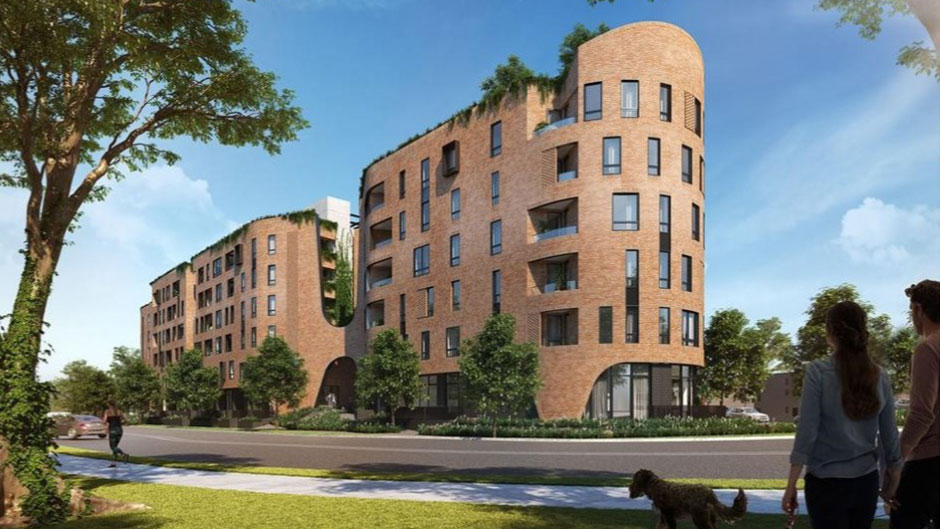How biased was 60 minutes Bricks and Slaughter segment?
On the 16th September, 60 minutes broadcast to the nation that we can expect to lose up to 40% of our home’s value in the next 12 months. I believe this was “scare mongering” and “alarmist journalism” at its’ greatest.
The segment was purposely very dramatic to provoke ratings but did not portray the true state of Australia’s property markets. The segment also implied that homes owners across the whole country would be affected when the actual 60 minutes story, really only centred on Sydney and Melbourne, and even then, it only focussed on parts of those markets. One sided indeed.
Much of the “scare mongering” segment focused around the Western Suburbs of Sydney and they interviewed a few families who were under significant “mortgage stress” because they bought their property during the peak, overextended themselves, and are now struggling to pay off the mortgage. In particular, the focus was on one man whose financial circumstances have now changed and he can no longer afford to cover his mortgage. But was this segment a TRUE reflection of the current property markets in Australia?
In my opinion, not at all.
Focussing around the micro market of the Western Suburbs in Sydney, is an inaccurate reflection of the overall property markets across Australia. This market was highly spruiked over the past 5 years as the next boom area, so investors went rushing there. This resulted in inflated property prices and created a false sense of security for the owner occupiers that their properties would continually grow in value. The problem here is that the house prices in Western Sydney are higher than what many residents in the area can sustain. But again this is not a true indication of the state of the nation’s property markets.
One homeowner on the 60 Minutes story said that the banks were to blame because they suddenly switched his mortgage from IO (interest only) to interest and principal. Apparently, this increased his repayments by 57%. From what we know from our experience, it is most likely that this gentleman’s lender didn’t “suddenly change the repayment terms”. It is a more likely scenario that the change would have been due to his Interest only term expiring. The interest only term would have been in their contract when they signed up for the loan. This journalism tactic was designed to scare current mortgage holders however, keep in mind that someone’s individual financial circumstances are an incorrect reflection of the circumstances of the majority home owners.
There is a price correction happening at the moment in many of the property markets around the country (particularly Sydney and Melbourne), however we disagree that this is a true reflection of the market as a whole, nor is he a widespread “crash” coming.
As Buyers’ Advocates, we spend our days focusing on the market data, market trends, and cycles. The reason we believe Sydney is going through a “Market Correction” and not a “Market Crash” is due to what we know from our past experience. We know Mining towns crashed when mines began closing and the local economy could not be sustained (as there was only one industry in the town). The same spruiking and hype around many other markets also occurred. However, capital cities like Sydney and Melbourne have multiple growth drivers.
For example, there is one of Australia’s leading hospitals located in the Western Suburbs, Westmead Children’s Hospital. The University of Western Sydney is also a well-regarded University which is multi campus and attracts many students and professionals into the area. Not to mention the new Western Sydney airport at Badgerys Creek where the Australian Government is spending $2.9 billion in Infrastructure upgrades.
Since there are multiple drivers in the Western Suburbs, we are unlikely to see a significant “crash”. We need to understand that the markets all move in cycles and consistently increasing house prices are both unsustainable and unhealthy for the economy. There needs to be a levelling out in houses prices. Western Sydney is overvalued and not sustainable relative to average household incomes. However the area is not 40% overvalued so I don’t believe we could possibly see a decline in house prices to that extent. 10 – 15% is a more likely figure in Western Sydney.
I believe what APRA has done to curve investor lending has been very prudent in these economic times. It has worked as the tougher lending requirements imposed have contributed to the slowing of the property markets, as well as making it tougher for borrowers to get in. Needing a larger deposit and needing stronger financials is not a bad thing and this I believe will help prevent any true market crash.
Not only did 60 minutes incorrectly use Western Sydney and parts of Melbourne as a representation of the markets as a whole but they failed to note the recent positive changes in the regulatory market, designed to prevent an “American Style Crash” in Australia.
It was emphasised that Western Sydney has had a 600% increase in foreclosures. There are definitely people who are struggling but is this an indication of the market as a whole and should we always be blaming the banks?
I do believe that homeowners themselves should take responsibility if they have leveraged themselves too high with mortgages.
APRA is aware and monitoring the increase in investor loans and have therefore introduced more prudent regulations and monitoring of the banking sector to prevent any market collapse driven by the loan sector.
The royal commission into the banks has also resulted in banks “tightening their belts” on investor loans and reigning in the approvals of investor loans.
We agree that there is currently a slowdown in the market, but a fall in prices is more likely to be around 10% for the year. This is quite typical at the end of such a growth spurt that we have had.

